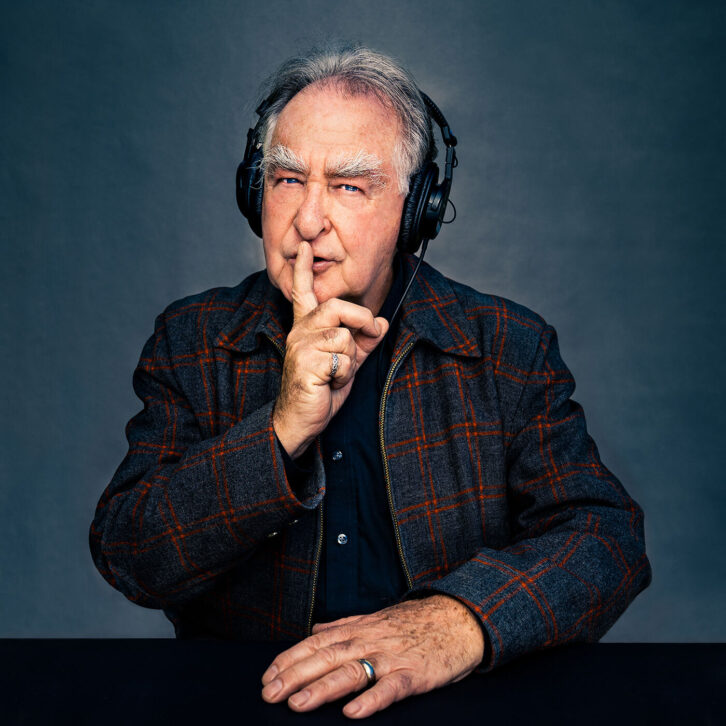
The key to interviewing legendary FOH engineer Frank Gallagher, host of Soundman Confidential, is to not interrupt, because much like an extended guitar solo, every story is headed somewhere unexpected—like this one, which starts off in late-1970s New York City.
“Manhattan—this was my old hood here. The B-52s, Talking Heads and The Ramones had the same manager; Broadway and 57th was the office. I lived on 85th and Columbus; the Bs used to be sent out as our opening act and we did shows in Central Park at Wollman Rink. I used to skate there every day in the winter—walk to Wollman Rink and then go to the office if I needed to. We played the Wollman Rink with the B’s and the next day, the New York Times had a glowing review of Talking Heads and how it sounded.
[John Rockwell wrote in the August 18, 1979 edition, “The same sound system that had exposed the B-52’s served the Heads superbly, revealing new subtleties in their textural ideas, and providing new confirmation of their success in evolving gripping, interesting live versions of songs….”]“Talking Heads also played there in 1980, and I will tell you as a soundman—whoa! Talking Heads were very secretive and back then, there’s no cell phones, no faxes; the word would come from the office. I got a call: ‘10 o’clock tomorrow morning, Brit Row rehearsal.’ Britannia Row, Pink Floyd’s sound company, had a warehouse out in Long Island City. I get to Brit Row and there’s Bernie Worrell from Funkadelic. There’s Busta Jones, another bass player. There’s Adrian Belew. There’s Nona Hendryx. There’s Steve Scales, the percussionist. And I walk in on that! That’s how I found out about ‘the big band!’ As artists, Talking Heads were very protective of what they were doing and their thinking was, ‘If it don’t work, we don’t want anybody knowing it didn’t work.’ But I had no idea it was coming. I thought, ‘Get on with it. I’ve got a mixer, a box of mics, we just go at it.’ The whole sound for that nine-piece band was sculpted in one day.
Frank Gallagher: ‘Soundman Confidential’ Talks Talking Heads, B-52’s
“The first show we played with the big band was Heatwave Festival—60,000 people in a field in Canada—and the second show was Central Park. I’m thinking to myself, ‘Oh my God, what are we gonna do with this,’ but you just do it. The only thing I remember was Adrian Belew saying to me—and I usually hated notes from artists—Adrian said to me, ‘Frank, just make sure that everything I play sails over Central Park,’ and that was how I mixed that show—made it sail.’ Some of it’s on the live album, The Name of This Band is Talking Heads.
“Later that year, we were in Paris, set up at the Baltard Pavilion. U2 were the support, but their van broke down in Calais. Again, no cell phones in those days; they showed up with just guitars and drumsticks, and said, ‘Where can we get gear?’ I pointed at the stage and said, ‘Right there.’ They used Talking Heads’ gear as it was and played the show. And they’ve never forgotten.
“Years later, I was in Dublin with Buddy Guy—I toured with Buddy for years—so I called up Paul McGuinness, their manager. I said, ‘Is the Edge in town?’He said, ‘He is.’I said, ‘He should come down and see Buddy.’ And McGuinness said, ‘Well, why would he do that?’ I said, ‘He’ll get a free guitar lesson!’”

